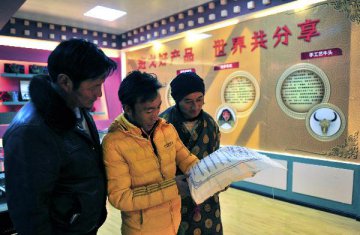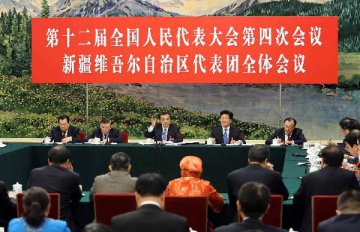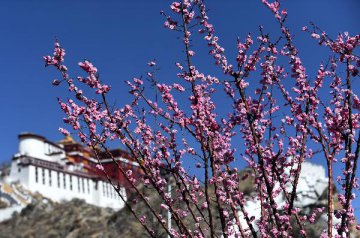
Southwest China's Tibet Autonomous Region has maintained double-digit economic growth annually for the past 23 years, becoming one of China's fastest growing areas, said China's Tibetan legislator Qizhala here on Monday.
"Tibet's gross domestic product has grown from 130 million yuan (19.98 million U.S. dollars) in 1951 to 102 billion yuan (15.68 billion U.S. dollars) in 2015," said Qizhala, deputy to China's National People's Congress and secretary of the Communist Party of China Lhasa Municipal Committee.
He made the remarks during a conference named "Tibet Today" organized by the Department of Economics of the National Autonomous University of Mexico.
The conference is part of a series of activities for the visiting delegation of China's Tibetan legislators, headed by Qizhala, to enhance mutual understanding between China and Mexico.
Qizhala added that "after many years of efforts, Tibet is currently seeing unprecedented development" and seeing great progress in its economic growth and society.
Stressing that Tibet has always been part of China, and that the autonomous region is currently a picture of economic growth, harmony and happiness, Qizhala said Tibetans are working alongside the rest of the Chinese people to guarantee that the country will meet the objective of becoming a moderately prosperous society by 2020, as part of the 13th Five-Year Plan.
Qizhala also pointed out that the autonomous region, which benefits from ample political, economic and social rights, has seen all levels of society work together to enhance services in education, housing and health, among others.
Tibet has built a modern educational system, and its healthcare system has seen the average life expectancy rise in the region, he added.
Meanwhile, Tibet's rich natural biodiversity in its 47 natural reserves, covering 34.35 percent of its total area, has helped boost its tourism sector, with more multinational hotel chains moving in.
Qizhala also said numbers of the emblematic Tibetan antelopes were up from around 70,000 in 1995 to over 200,000 today, and the black-necked cranes from 3,000 to 7,000 in the same period.
Tibet's location allows it to engage in many exchanges with South Asia, Qizhala said, adding that China's rise to become the second-largest economy has brought the region more opportunities for economic growth.
























Latest comments